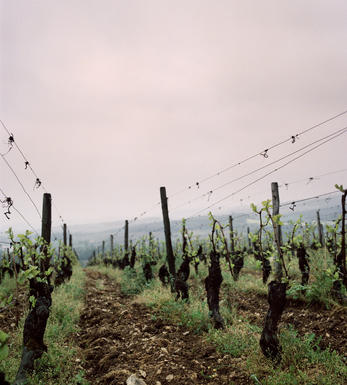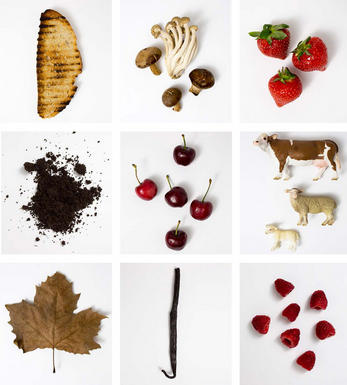
2018 Bourgogne Côte d'Or, Domaine Cecile Tremblay

Critics reviews
Formerly known as the cuvée "La Croix Blanche," Tremblay's 2018 Bourgogne Côte d'Or derives from well-situated parcels in the communes of Vosne-Romanée and Chambolle-Musigny. Offering up an inviting bouquet of red berries, woodsmoke and raw cocoa that's framed by a deft touch of oak, the wine is medium to full-bodied, velvety and concentrated, with a fleshy core of fruit, elegant structuring tannins and lively acids.
William Kelley, Wine Advocate (January 2020)
A stunning Bourgogne red with impressive depth and energy for a generic Bourgogne. The palate is plush and velvety with juicy red berries, cloves and sweet spices. It is intense and layered with a fairly long finish. Only 10 barrels made. This newly named Bourgogne Côte d’Or replaces the Bourgogne La Croix Blanche.
Drink 2021 - 2027
Jeannie Cho Lee MW, Decanter.com
Parcels in the communes of Vosne-Romanée and Chambolle-Musigny contribute the fruit for this over-delivering generic red Burgundy - hence the Côte d'Or appellation. Fermented with 10% whole bunches and aged in 25% new wood, it's treated with all due care attention by Cécile Tremblay, and the result is a fresh, succulent Pinot Noir that's a delight to drink.
Drink 2021 - 2028
Tim Atkin MW, Decanter.com (October 2018)
About this WINE

Domaine Cecile Tremblay
Though the preceding two generations had not been involved in wine, they retained ownership of vineyards inherited from Edouard Jayer, uncle of Henri. In 2003 Edouard’s great-granddaughter, Cécile Tremblay decided to take back three hectares of vines on the expiry of the lease. More are due to follow in 2021 and Cécile has already purchased or rented further land. Since August 2008 she has rented premises in Gevrey-Chambertin, the former Caveau du Chapitre.
The vineyards were not in great condition when Cécile took them over – too much fertiliser, herbicides preferred to ploughing, and so on, but they are steadily being licked into shape. The vines are now certified organic and Cécile pursues a number of biodynamic methods. Her list of wines will doubtless evolve further: in 2006 and 2007 premier cru Les Rouges went into the village Vosne Romanée, while most of the Nuits-St-Georges is premier cru Murgers, but the vines are young. From 2021 there will be much more Beaumonts and some Clos de Vougeot as well.
Some stems are kept during vinification, which takes place in wooden vats for up to a month, with some punching down but very little pumping over. The solids are pressed at the end with a small vertical press whose virtues Cécile sings highly. The wines are then raised in barrel, with between one third and two thirds new, for 15 to 18 months without racking. The favoured cooper is Chassin, who works closely with Cécile, selecting specific types and toasts of wood to suit individual wines.
Jasper Morris MW, Burgundy Wine Director and author of the award-winning Inside Burgundy comprehensive handbook.

Bourgogne Rouge
Bourgogne Rouge is the term used to apply to red wines from Burgundy that fall under the generic Bourgogne AOC, which can be produced by over 350 individual villages across the region. As with Bourgogne Blanc and Bourgogne Rosé, this is a very general appellation and thus is hard to pinpoint any specific characteristics of the wine as a whole, due to the huge variety of wines produced.
Around 4,600 acres of land across Burgundy are used to produce Bourgogne Rouge, which is around twice as much as is dedicated towards the production of generic whites.
Pinot Noir is the primary grape used in Bourgogne Rouge production, although Chardonnay, Pinot Blanc, Pinot Gris and in Yonne, César grapes are all also permitted to make up the rest of the wine. These wines tend to be focused and acidic, with the fruit less cloying than in some New World wines also made from Pinot Noir, and they develop more floral notes as they age.
Although an entry-level wine, some Bourgogne Rouges can be exquisite depending on the area and producer, and yet at a very affordable price.

Pinot Noir
Pinot Noir is probably the most frustrating, and at times infuriating, wine grape in the world. However when it is successful, it can produce some of the most sublime wines known to man. This thin-skinned grape which grows in small, tight bunches performs well on well-drained, deepish limestone based subsoils as are found on Burgundy's Côte d'Or.
Pinot Noir is more susceptible than other varieties to over cropping - concentration and varietal character disappear rapidly if yields are excessive and yields as little as 25hl/ha are the norm for some climats of the Côte d`Or.
Because of the thinness of the skins, Pinot Noir wines are lighter in colour, body and tannins. However the best wines have grip, complexity and an intensity of fruit seldom found in wine from other grapes. Young Pinot Noir can smell almost sweet, redolent with freshly crushed raspberries, cherries and redcurrants. When mature, the best wines develop a sensuous, silky mouth feel with the fruit flavours deepening and gamey "sous-bois" nuances emerging.
The best examples are still found in Burgundy, although Pinot Noir`s key role in Champagne should not be forgotten. It is grown throughout the world with notable success in the Carneros and Russian River Valley districts of California, and the Martinborough and Central Otago regions of New Zealand.


Buying options
Add to wishlist
Description
Formerly known as the cuvée "La Croix Blanche," Tremblay's 2018 Bourgogne Côte d'Or derives from well-situated parcels in the communes of Vosne-Romanée and Chambolle-Musigny. Offering up an inviting bouquet of red berries, woodsmoke and raw cocoa that's framed by a deft touch of oak, the wine is medium to full-bodied, velvety and concentrated, with a fleshy core of fruit, elegant structuring tannins and lively acids.
William Kelley, Wine Advocate (January 2020)
wine at a glance
Delivery and quality guarantee